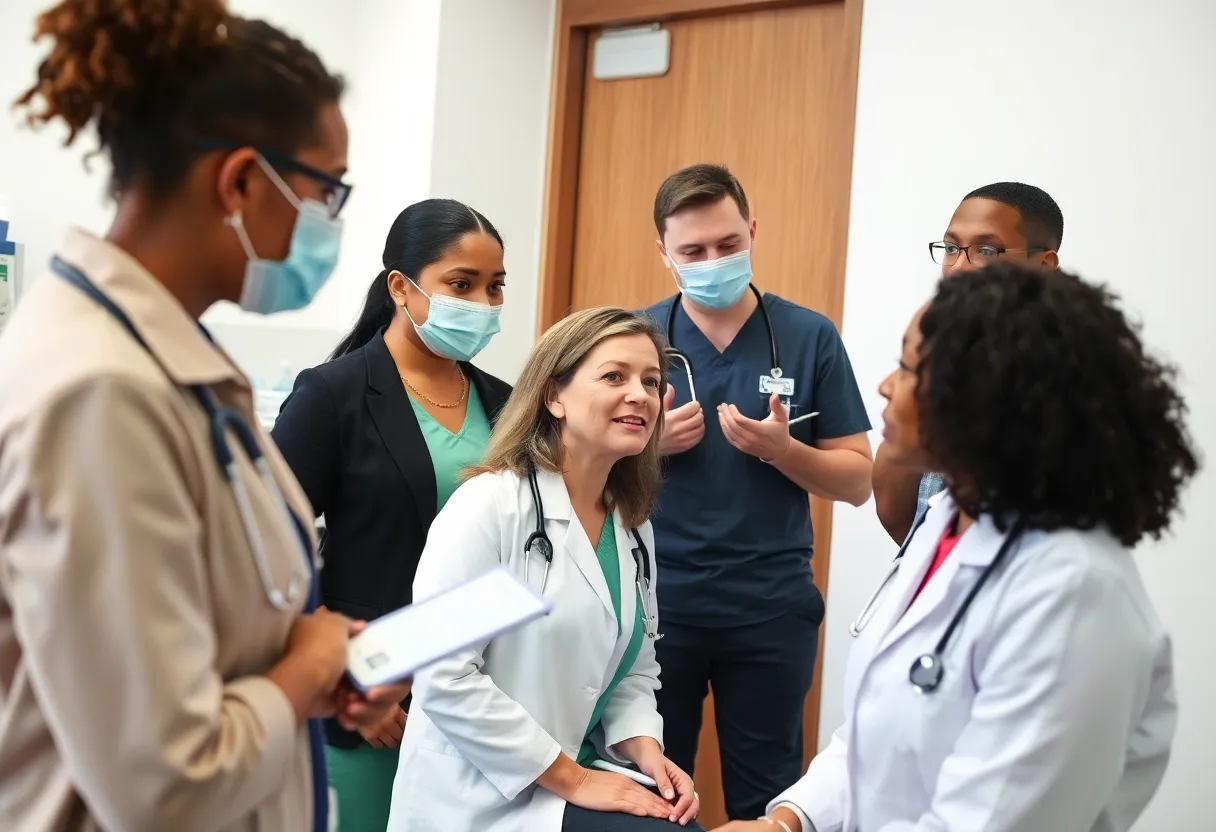News Summary
The Washington Supreme Court’s ruling in Cockrum v. C.H. Murphy on June 25, 2025, marks a significant change for workers suffering from latent diseases like mesothelioma. This decision overturns previous legal standards that heavily favored employers, now allowing easier paths for employees to claim compensation for occupational diseases. The court emphasized holding employers accountable for known risks associated with workplace exposure, particularly in cases involving asbestos exposure. This ruling enhances legal recourse for many workers who previously faced daunting challenges in proving their claims.
Groundbreaking Legal Shift in Washington for Latent Disease Cases
On June 25, 2025, the Washington Supreme Court made a landmark ruling in the case of Cockrum v. C.H. Murphy that could dramatically alter the landscape for workers suffering from latent diseases, including the deadly mesothelioma. This decision effectively overturns a decade-long precedent established in the case of Walston v. Boeing Co. in 2014, which had set an almost impenetrable barrier for workers seeking compensation for occupational diseases that develop over time.
The Case that Changed Everything
The case revolves around a worker who faced devastating consequences after decades of unprotected exposure to asbestos—a substance known for its lethal link to mesothelioma. Despite the manufacturer being aware of the substantial risks associated with asbestos exposure, they chose to maintain a dangerous work environment without providing adequate protections or warnings. The original trial court sided with the manufacturer, applying a stringent “actual knowledge” standard that required proof of complete certainty that the injury would occur.
Revising the Legal Standard
The Washington Supreme Court determined that the phrase “actual knowledge” should not demand such overwhelming certainty. Instead, they established that an employer’s “virtual certainty” of an injury occurring could suffice to meet the criteria for intentional injuries that fall outside the exclusive remedy protections afforded by Washington’s Industrial Insurance Act. This ruling indicates a shift towards holding employers accountable for their actions when they are aware of the risks, yet choose to disregard them.
The Exclusive Remedy Rule
Washington’s workers’ compensation law, designed to give injured workers a way to secure financial compensation regardless of employer fault, includes exceptions for cases where an employer is found to have intentionally caused harm. By adjusting the standards for intentional infliction of injury, the state now allows workers suffering from latent diseases the opportunity to pursue legal action more effectively. The Washington Supreme Court found the previous requirement, established in Walston, to be incompatible with the law’s intent, which aims to impose liability on employers for deliberate acts leading to workplace injuries.
Insights from the Ruling
The court underscored that the legislative intent of the workers’ compensation system is to ensure accountability for employers who expose employees to known risks. The ruling presents a more accessible path for plaintiffs who can show that the employer was aware that latent injuries were nearly certain to occur while also exhibiting a willful disregard for their workers’ safety.
The court elucidated multiple factors that could demonstrate an employer’s “virtual certainty”: the employer’s prior knowledge of similar health issues among employees, the timing of the symptoms in relation to exposure, and how the nature of the exposure was a significant risk the employer controlled.
A Turning Point for Workers’ Rights
The ruling not only sets a new standard but also reinstates hope for countless workers grappling with the dire consequences of asbestos exposure who had previously felt trapped by the high bar for demonstrating employer culpability. The Washington Supreme Court’s decision reopens avenues for justice by making it easier for workers with latent diseases to prove their claims against employers who neglect the dangers associated with occupational exposure to hazardous materials.
Legal Representation: A Key to Justice
Given the complexities surrounding asbestos exposure and latent diseases, the emphasis on having knowledgeable legal representation cannot be overstated. As workers navigate this challenging terrain, skilled attorneys are increasingly vital in advocating for their rights, ensuring that they receive the justice and compensation owed to them for their suffering.
With this new ruling, the landscape for mesothelioma cases in Washington is poised for significant change. Workers now have a fighting chance to seek accountability from employers, breathing new life into their pursuit of justice.
Deeper Dive: News & Info About This Topic
HERE Resources
The Silent Danger of Asbestos Exposure: Urgent Need for Legal Action
Rising Threat of Mesothelioma Among Veterans: A Hidden Epidemic
The Asbestos Crisis in Libby, Montana: What You Need to Know
Retired Nurse Takes Legal Action Over Asbestos Exposure
As Veterans Face Unseen Danger: The Mesothelioma Crisis
Retired Plumber’s Death Linked to Asbestos Exposure



















